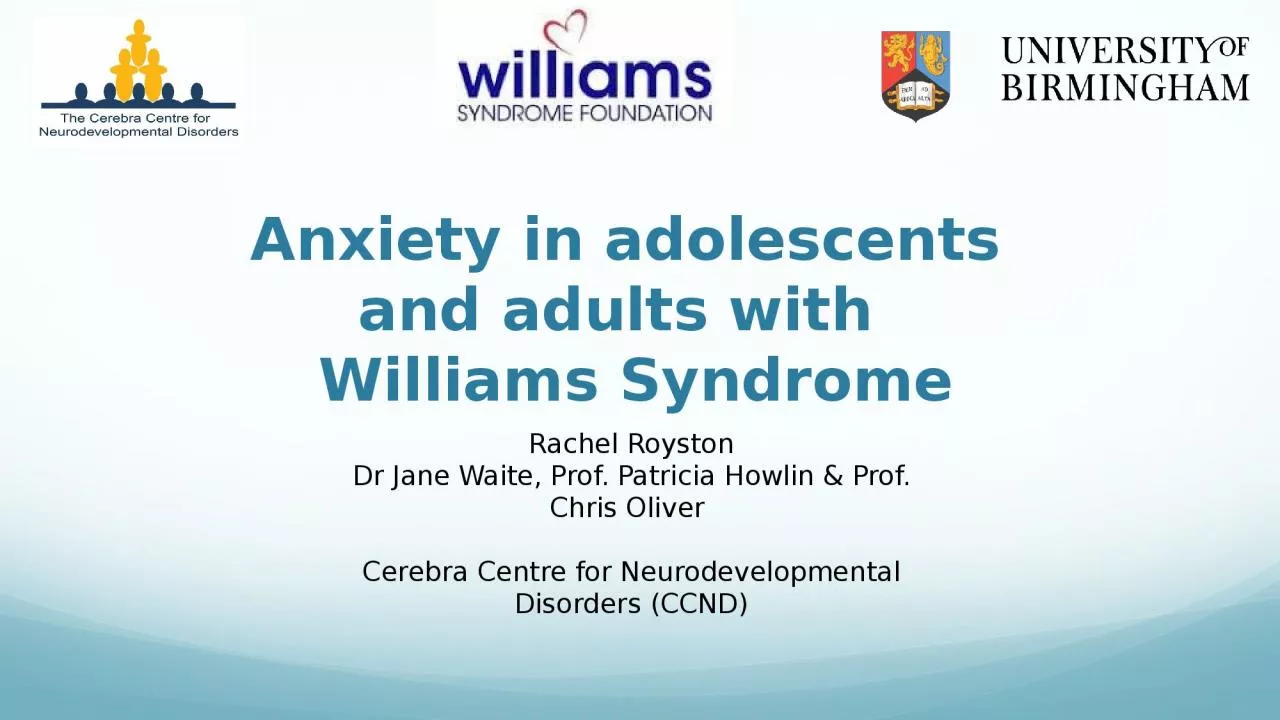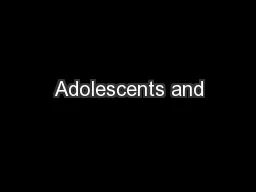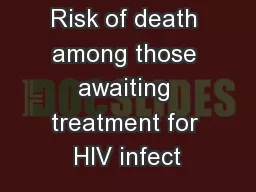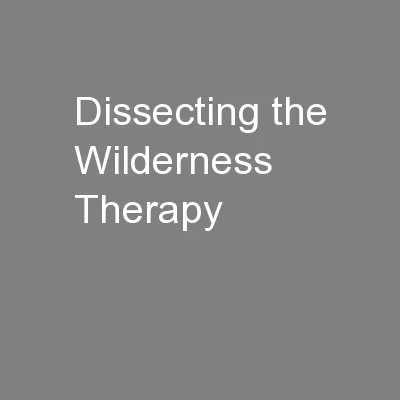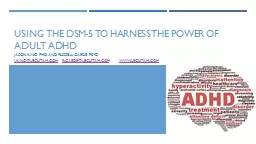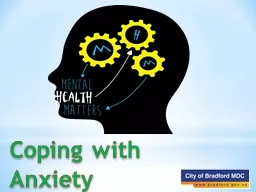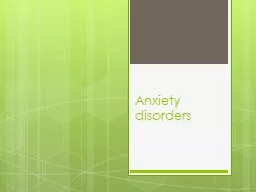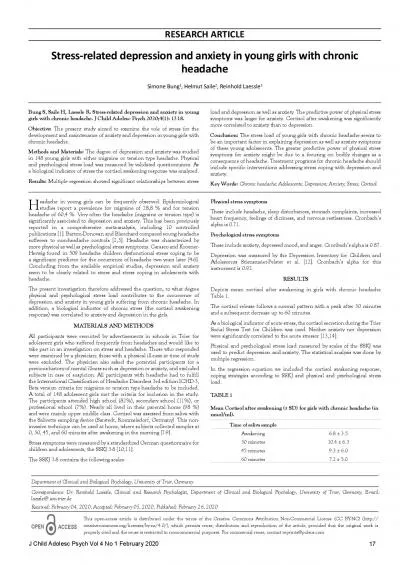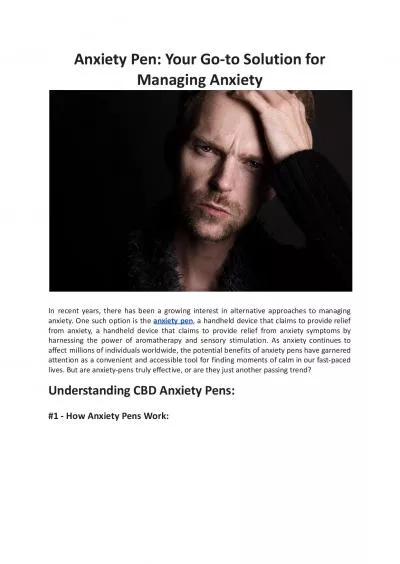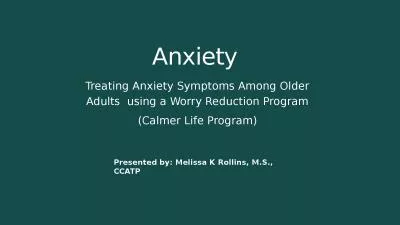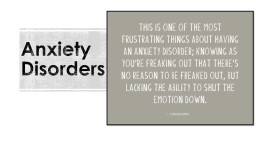PPT-Anxiety in adolescents and adults with
Author : QueenBee | Published Date : 2022-08-04
Williams Syndrome Rachel Royston Dr Jane Waite Prof Patricia Howlin amp Prof Chris Oliver Cerebra Centre for Neurodevelopmental Disorders CCND Contents Meet the
Presentation Embed Code
Download Presentation
Download Presentation The PPT/PDF document "Anxiety in adolescents and adults with" is the property of its rightful owner. Permission is granted to download and print the materials on this website for personal, non-commercial use only, and to display it on your personal computer provided you do not modify the materials and that you retain all copyright notices contained in the materials. By downloading content from our website, you accept the terms of this agreement.
Anxiety in adolescents and adults with: Transcript
Download Rules Of Document
"Anxiety in adolescents and adults with"The content belongs to its owner. You may download and print it for personal use, without modification, and keep all copyright notices. By downloading, you agree to these terms.
Related Documents

